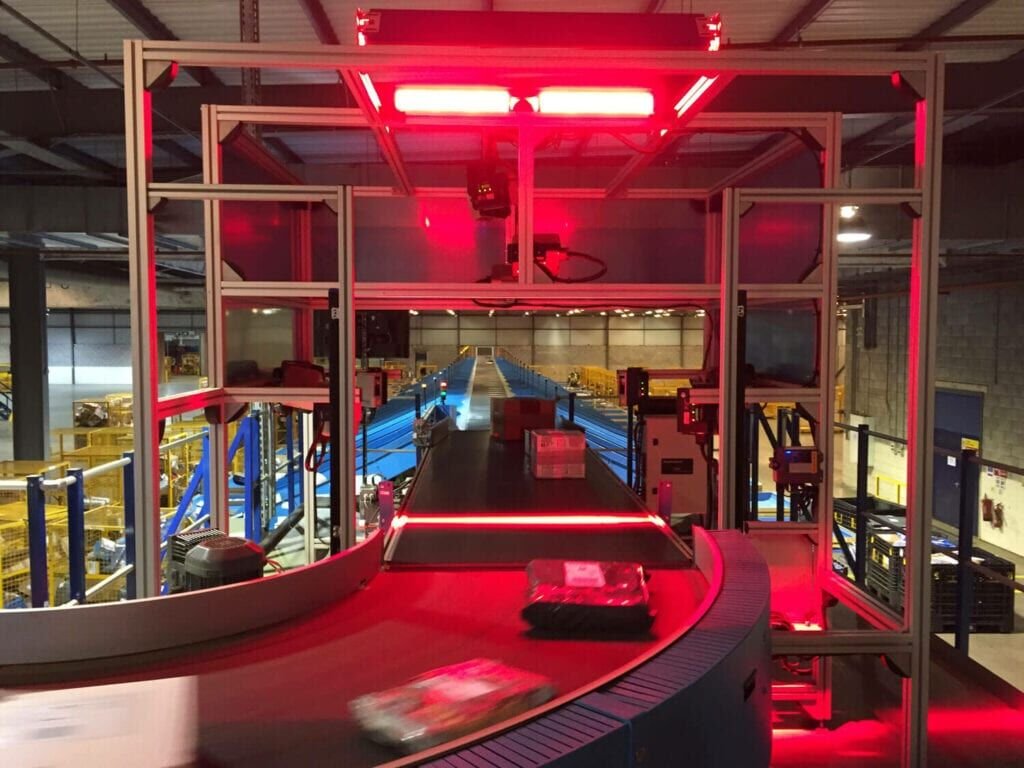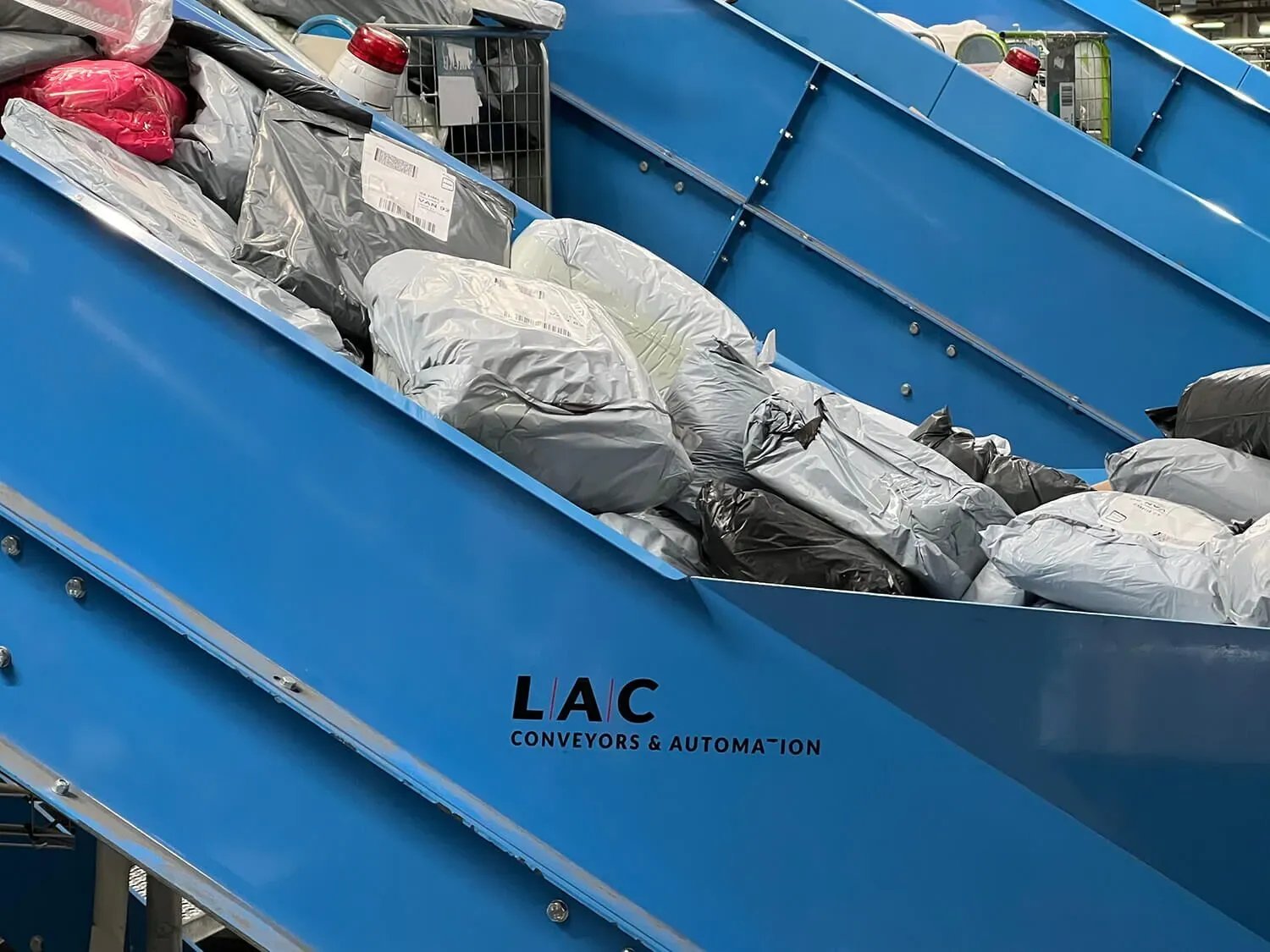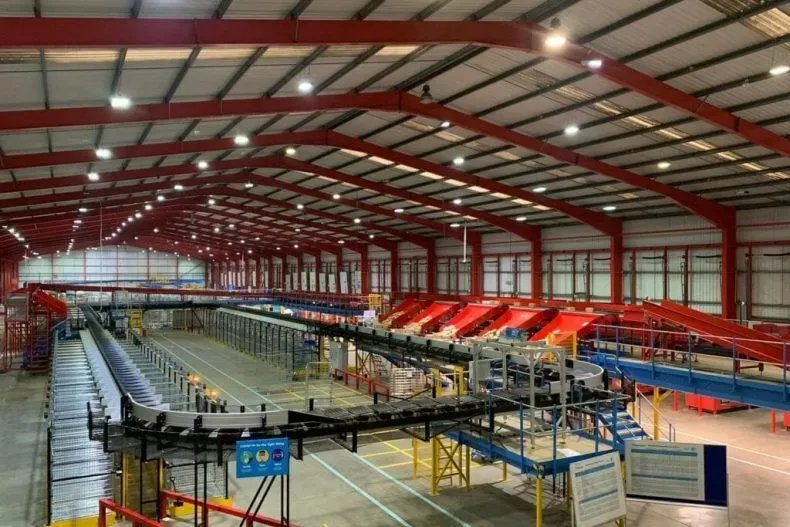As businesses routinely brace themselves for the inevitable surge in demand during the festive period, the role of warehouse automation emerges as a game-changer. The holiday season, marked by Black Friday and Christmas, brings with it a flurry of orders, heightened customer expectations, and the need for swift, error-free fulfilment. In this challenging landscape, warehouse automation works as a beacon of efficiency, offering businesses a strategic tool to cope with the intensified workload.
One of the primary advantages of warehouse automation is its capacity to seamlessly scale operations to meet increased demand. Automated systems, ranging from order picking to packing and shipping, can significantly enhance the speed and accuracy of order fulfilment processes. The ability to swiftly adapt to varying order volumes ensures that businesses can maintain optimal efficiency levels, even during peak periods, avoiding bottlenecks and delays that could impact customer satisfaction.
Beyond speed, benefits of warehouse automation include precision and error reduction. Automated systems are designed to handle repetitive tasks with a high degree of accuracy, minimising the risk of human error that often accompanies manual processes within a warehouse. During the festive rush, where order accuracy and timely delivery are paramount, this reduction in errors not only ensures customer satisfaction but also mitigates the costs associated with order rectifications and returns.
Moreover, the scalability of automated warehouse solutions is not limited to order processing alone. Automated systems streamline inventory management, ensuring that businesses can efficiently track, replenish, and manage stock levels in real-time. This level of visibility is crucial during peak demand, allowing businesses to make informed decisions, optimise storage space, and prevent stockouts.
Another pivotal aspect of physical automation is its impact on labour efficiency. As demand soars, businesses often face challenges in securing an adequate workforce to handle the increased workload. The benefits of warehouse automation are in that it alleviates this strain by complementing human labour, robotics and automation reducing the need for additional personnel while augmenting overall operational output and the speed of material handling. This not only addresses labour shortages but also optimises costs, an essential consideration during the festive season, where increased expenses can impact profit margins.
Mitigate Peak Demands with Automated Warehouse Systems
As businesses routinely brace themselves for the inevitable surge in demand during the festive period, the role of warehouse automation emerges as a game-changer. The holiday season, marked by Black Friday and Christmas, brings with it a flurry of orders, heightened customer expectations, and the need for swift, error-free fulfilment. In this challenging landscape, warehouse automation works as a beacon of efficiency, offering businesses a strategic tool to cope with the intensified workload.
One of the primary advantages of warehouse automation is its capacity to seamlessly scale operations to meet increased demand. Automated systems, ranging from order picking to packing and shipping, can significantly enhance the speed and accuracy of order fulfilment processes. The ability to swiftly adapt to varying order volumes ensures that businesses can maintain optimal efficiency levels, even during peak periods, avoiding bottlenecks and delays that could impact customer satisfaction.
Beyond speed, benefits of warehouse automation include precision and error reduction. Automated systems are designed to handle repetitive tasks with a high degree of accuracy, minimising the risk of human error that often accompanies manual processes within a warehouse. During the festive rush, where order accuracy and timely delivery are paramount, this reduction in errors not only ensures customer satisfaction but also mitigates the costs associated with order rectifications and returns.
Moreover, the scalability of automated warehouse solutions is not limited to order processing alone. Automated systems streamline inventory management, ensuring that businesses can efficiently track, replenish, and manage stock levels in real-time. This level of visibility is crucial during peak demand, allowing businesses to make informed decisions, optimise storage space, and prevent stockouts.
Another pivotal aspect of physical automation is its impact on labour efficiency. As demand soars, businesses often face challenges in securing an adequate workforce to handle the increased workload. The benefits of warehouse automation are in that it alleviates this strain by complementing human labour, robotics and automation reducing the need for additional personnel while augmenting overall operational output and the speed of material handling. This not only addresses labour shortages but also optimises costs, an essential consideration during the festive season, where increased expenses can impact profit margins.
WAREHOUSE AUTOMATION FOR PEAK SEASONAL DEMAND
During the busy period over Black Friday and Christmas, implementing warehouse automation solutions can significantly enhance the efficiency of the picking and packing process for warehouses and e-commerce businesses.
From autonomous mobile robots to automated sortation systems, here’s are some of the different types of warehouse automation solutions that can streamline warehouse processes and increase productivity:



